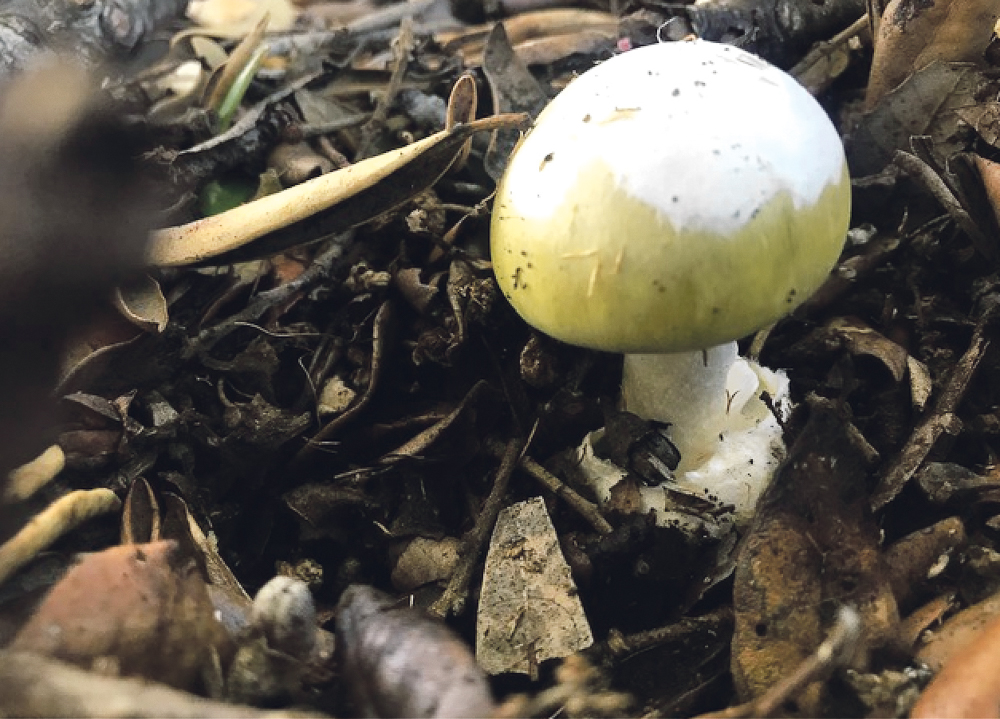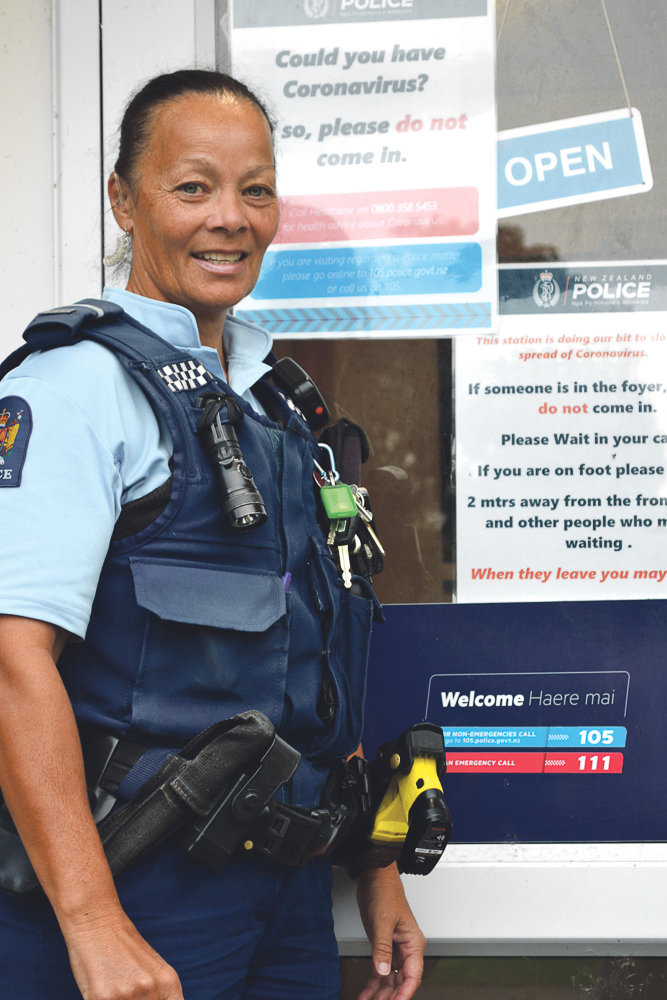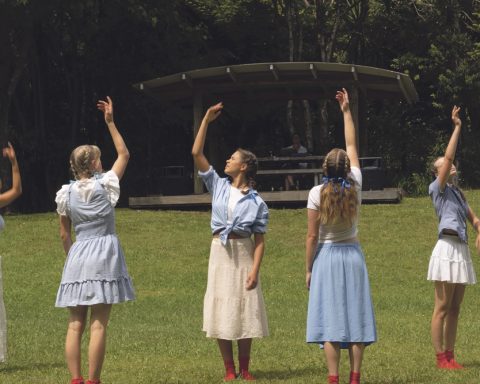A celebratory meal turned into a medical emergency for public health doctor and medical sexual assault doctor Anna Whitehead.
This is a cautionary tale; one she hopes will warn people off collecting and cooking wild mushrooms.
Taking a Good Friday walk along to the wharf from Cox’s Bay, Anna spied a couple of mushrooms under an ancient oak tree near the rebuilt boardwalk, which she picked and put in her jacket pocket.
It wasn’t until the next day that she found the mushrooms, washed them, and left them to dry.
She noticed they had turned inky black and thought to identify them on Google, but got busy working in her public health role, working to minimise the impact of COVID-19 issues on Māori and Pacific Island people.
A few days later she settled in to watch the Ashely Bloomfield and Jacinda Ardern daily update with a meal of fresh fish, rice and the mushrooms to celebrate New Zealand’s COVID-19 successes to date.
“They (the mushrooms) tasted nice, and I thought that this maybe was the taste of ‘real’ mushroom, rather than commercially grown ones.”
She continued with the rest of her work that day and felt completely fine.
It was a different story 14-hours later when she woke at 3am vomiting bile and expelling watery diarrhea, which continued every half hour until 8am when she decided she needed to do some mushroom research.
“I staggered upstairs, kneeled on the floor and Googled ‘poisonous mushrooms NZ’ and immediately a picture of deathcap mushroom flashed up. I recognised it instantly as the type of mushroom I had picked and eaten. It came with a description of how even eating a single mushroom can be fatal, with liver transplant as the only treatment.”
She proceeded to message her partner in France alerting him to her predicament before ringing an ambulance.
“After doing all my checks the lovely paramedic asked what kind of mushroom I’d eaten, as she had been told I’d eaten a ‘magic mushroom’. I reassured her that I believed I’d eaten a deathcap mushroom – and was unfortunately not hallucinating.”
Anna was taken to Raglan Medical and given medication to stop the vomiting and diarrhea, and the National Poison Centre was contacted.
After a day on a drip to keep her hydrated, the vomiting and diarrhea had ceased, and a test on her liver came back at nearly normal levels. Anna was sent home.
This is known as the honeymoon period, when there are few effects but the poison is attacking the liver.
A few hours later she had a recurrence of profuse diarrhea and vomiting.
“I Googled again, to find what medical science could now offer in terms of treatments. I talked with my mum in Australia, who sent a text to my brother, a doctor who is trained as a Rural GP anaesthetist in Cairns. He contacted me to find out more of the story and immediately researched Amanita Phalloides poisoning. He also discussed with his wife, a GP, and a friend, a Gastroenterologist, who were all very concerned about the high risk of fatality or need for liver transplant, and advised for me to re-attend hospital as soon as possible.”
She vomited again, and a third of the kitchen sink was full of green, transparent fluid.
“I realised I needed to go to Waikato Hospital. I had not been keen to go there as I knew there were COVID-19 cases in Hamilton, but it is important to be in an appropriate setting to get the correct medical care.”
At the hospital the National Poison Center was contacted once again. They advised to start IV fluids, give oral activated charcoal and an IV treatment to protect the liver, which is also used for paracetamol overdose.
“This time the blood test came back showing signs of dehydration and liver damage,” she says.
Some of the toxin travels to the kidneys, which gets removed with the urine. If the kidneys are severely stressed by the massive fluid loss, they can become poisoned by the toxin.
It was then 34-hours after ingestion. Anna managed to keep down some of the black charcoal liquid and was transferred to a hospital ward.
The treatment continued for the next day. Discussion was being held with the Liver Transplant Unit in Auckland and by that evening she was transferred to the High Dependency Unit.
With ongoing severe fluid loss, Anna was put on a cardiac monitor, oxygen saturation, respiration monitor and IV fluids.
After two nights in HDU, her liver results started to come back to normal. She was finally released back on to the ward and then to her son’s in Hamilton before finally making it back home to Raglan a week later.
Still feeling pretty rough, Anna only just managed a short walk a couple of days ago.
Her main concern now is to let people know that they should never eat foraged mushrooms, even if they think that they are safe, as it can be extremely difficult to tell whether a mushroom is poisonous or not.
“I have a friend who studied mycology (mushrooms) and then medicine, and she says even with her amount of experience she wouldn’t pick wild mushrooms for eating purposes.”
The National Poison Centre informed Anna that the last person in NZ to die from mushroom poisoning was 15-years ago and have identified the mushrooms Anna ate as Amanaita Phalloides, deathcap mushroom.
Anna has since found more mushrooms in the same spot and will contact the council to see what can be done to prevent others finding and eating the deathcaps that are likely to grow in the same spot.
Seek urgent medical advice if you think you have eaten poisonous mushrooms.
Janine Jackson













